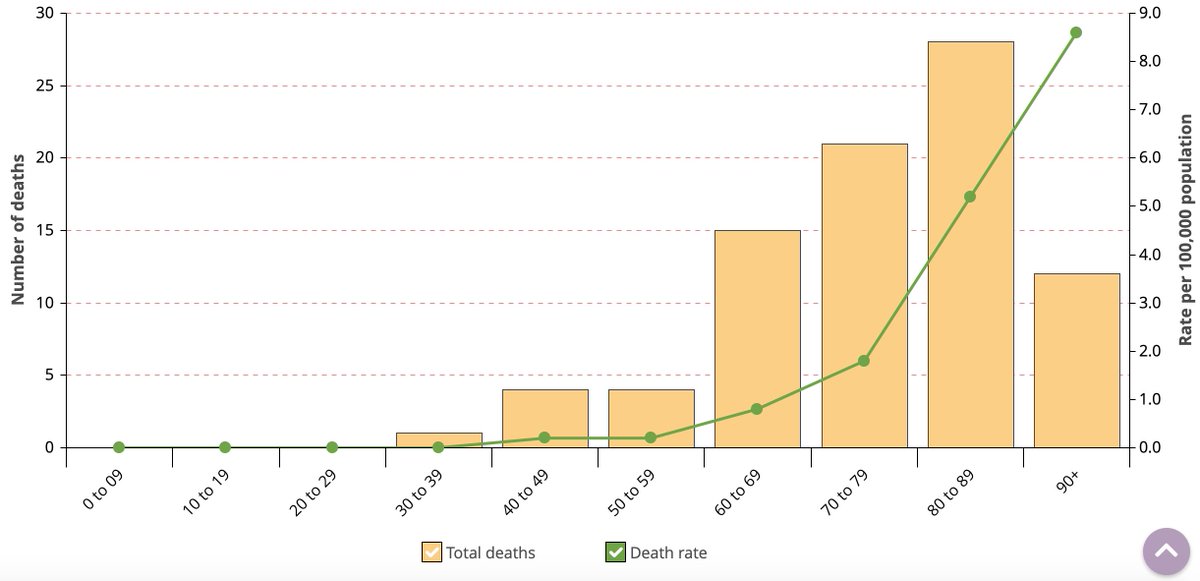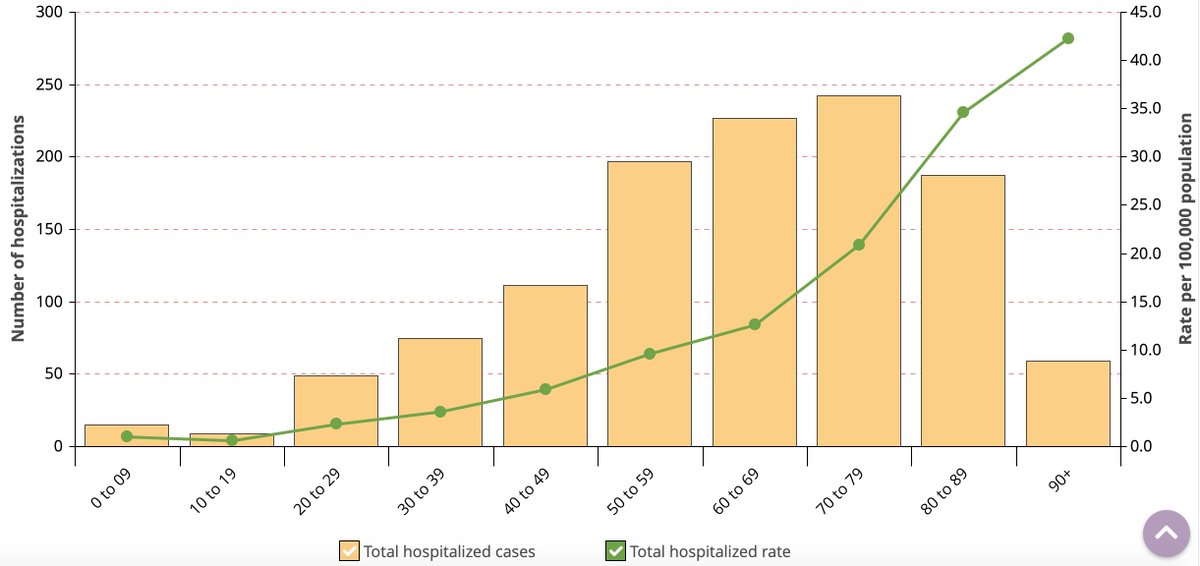
Today #Ontario enacted a new emergency measure providing hospitals with the authority to transfer patients who no longer require acute care (so-called "alternate level of care" or ALC patients) to #LTC and retirement homes without their consent.
news.ontario.ca/en/release/100…
1/15
news.ontario.ca/en/release/100…
1/15
This action is being taken to create additional room in #Ontario's acute care sector for the 3rd wave of #COVID19.
There are currently 4,288 ALC patients in hospital, and 1,854 are waiting for #LTC beds.
There are also 5,401 vacant #LTC beds available for new admissions.
2/15
There are currently 4,288 ALC patients in hospital, and 1,854 are waiting for #LTC beds.
There are also 5,401 vacant #LTC beds available for new admissions.
2/15
The reality is that many of the #LTC homes with large vacancies are those that had the deadliest #COVID19 outbreaks (e.g., Tendercare, St. George's, Orchard Villa).
Residents (and their families and caregivers) will be justifiably hesitant to move into these #LTC homes.
3/15
Residents (and their families and caregivers) will be justifiably hesitant to move into these #LTC homes.
3/15
According to the news release, transfers can only happen if:
-The patient's medical condition will not be compromised
-The home can meet the patient's needs
Additionally, "every effort will be made to ensure these patients are fully immunized from #COVID19 before moving"
4/15
-The patient's medical condition will not be compromised
-The home can meet the patient's needs
Additionally, "every effort will be made to ensure these patients are fully immunized from #COVID19 before moving"
4/15
The #Ontario government is promising to:
-Retain patients' priority on the #LTC waitlist for their first-choice home.
-Waive the co-payment for patients transferred to a #LTC home that is not their first choice
-Waive the costs for patients transferred to a retirement home
5/15
-Retain patients' priority on the #LTC waitlist for their first-choice home.
-Waive the co-payment for patients transferred to a #LTC home that is not their first choice
-Waive the costs for patients transferred to a retirement home
5/15
I recognize the extreme stress that hospitals are facing in caring for acutely ill patients during #Ontario's 3rd wave of #COVID19, and the need for more beds.
It is very unfortunate, however, that this is being done at the last minute without more comprehensive planning.
6/15
It is very unfortunate, however, that this is being done at the last minute without more comprehensive planning.
6/15
There are many details & safeguards I'm hoping will accompany this order:
1. It is imperative that #LTC homes have the necessary staffing in place to accommodate a bolus of new admissions on short notice—without ample staff, the care for all residents will be compromised.
7/15
1. It is imperative that #LTC homes have the necessary staffing in place to accommodate a bolus of new admissions on short notice—without ample staff, the care for all residents will be compromised.
7/15
2. Residents can never again be placed in 3- and 4-bedded rooms—the government did make this commitment.
Today's Auditor General report (auditor.on.ca/en/content/spe…) & our own research (jamanetwork.com/journals/jamai…) showed how deadly this crowding was during the #COVID19 pandemic.
8/15
Today's Auditor General report (auditor.on.ca/en/content/spe…) & our own research (jamanetwork.com/journals/jamai…) showed how deadly this crowding was during the #COVID19 pandemic.
8/15
3. New admissions must be fully vaccinated (at least 2 weeks beyond receiving the 2nd dose of a #COVID19 vaccine).
Today's news release says that "every effort will be made to ensure these patients are fully immunized"—this must be non-negotiable.
news.ontario.ca/en/release/100…
9/15
Today's news release says that "every effort will be made to ensure these patients are fully immunized"—this must be non-negotiable.
news.ontario.ca/en/release/100…
9/15
Relatedly, essential caregivers of those patients being transferred must be immediately offered access to #COVID19 vaccines.
This will protect #LTC homes and ensure caregivers can continue providing essential care after patients are admitted to their temporary new homes.
10/15
This will protect #LTC homes and ensure caregivers can continue providing essential care after patients are admitted to their temporary new homes.
10/15
4. There must be a limit on the distance with which patients can be transferred—unlike acute care transfers, these ALC patients will remain in #LTC homes for weeks and months until admitted to their 1st choice homes.
They must remain close to their family and caregivers.
11/15
They must remain close to their family and caregivers.
11/15
5. There must be a time limit on these transfers—it can take months or years for patients to be admitted to their 1st choice #LTC home.
If they cannot place them after a reasonable amount of time (e.g. 90 days), they should have the option of being readmitted to hospital.
12/15
If they cannot place them after a reasonable amount of time (e.g. 90 days), they should have the option of being readmitted to hospital.
12/15
Residents, families & caregivers must have access to resources to support them during this period.
This includes professionals who can assist them if the transfer is not working out, a resident's care needs are not being met, or if they are deteriorating after admission.
13/15
This includes professionals who can assist them if the transfer is not working out, a resident's care needs are not being met, or if they are deteriorating after admission.
13/15
Given the complexity of these transfers, an incident management structure (IMS) should be established (the same way the GTA IMS table oversees acute and critical care transfers: theglobeandmail.com/canada/article…). There must be resident and caregiver representation on the IMS Table.
14/15
14/15
I recognize that this was an "extremely difficult decision to make" by the #Ontario government.
But with the order overriding the #LTC Act (and ostensibly suspending the basic rights of these ALC patients to consent to #LTC transfer), reasonable safeguards are necessary.
15/15
But with the order overriding the #LTC Act (and ostensibly suspending the basic rights of these ALC patients to consent to #LTC transfer), reasonable safeguards are necessary.
15/15
• • •
Missing some Tweet in this thread? You can try to
force a refresh












